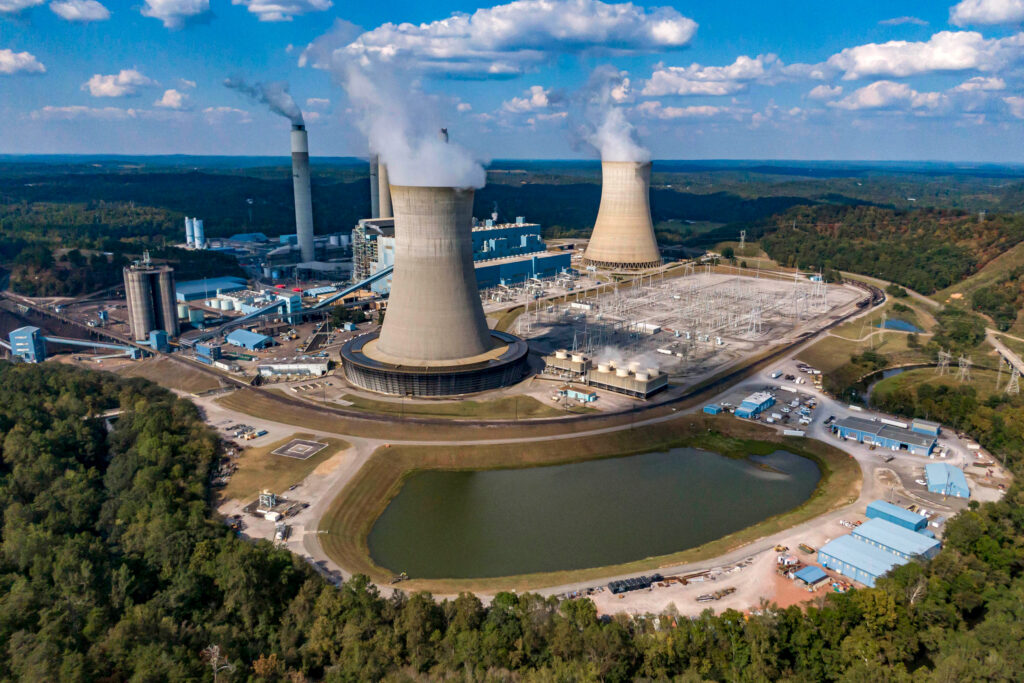The Trump administration recently issued a two-year exemption for certain power plants from adhering to stricter mercury and air toxics standards (MATS). This move, aimed at supporting the coal industry, postpones the requirement for reducing mercury emissions, which was updated by the Biden administration last year.
The Environmental Protection Agency (EPA) has listed 47 plant owners and over 60 power plants that now have extended deadlines to comply with these standards. The exemption is part of a broader agenda to reduce environmental regulations and increase fossil fuel electricity generation.
Howard Learner, CEO of the Environmental Law & Policy Center, criticized the exemption, stating it undermines the Clean Air Act. The affected plants are in 23 states and include major polluters like the James H. Miller plant in Alabama and the Labadie plant in Missouri.
Many of these plants are aging, such as the Shawnee plant in Kentucky, which began operations in 1953. However, some, like the Dry Fork Station in Wyoming, are more recent, having opened in 2011.
The United States has 172 gigawatts of coal plants, contributing about 15% of the country’s electricity. The exempted plants alone account for 64 gigawatts, approximately one-third of the coal capacity.
Environmental advocates, including the Southern Environmental Law Center, express concern over the potential health risks to nearby communities due to increased pollutants. Mobile Baykeeper described the exemption as a severe threat to environmental and human health.
While some power plant owners requested the exemption under the Clean Air Act, it remains unclear how these plants were selected. According to an EPA spokesperson, the exemption aims to support energy security and affordability.
Last April, the Biden administration announced updates to the MATS rule, aiming to reduce toxic metal emissions by 67%. However, EPA Administrator Lee Zeldin later indicated a reconsideration of these standards, citing significant regulatory costs and an ongoing lawsuit involving 23 states.
Power companies such as Ameren and Southern Co. have welcomed the exemption, citing the need to extend the operation of existing energy centers.
Jeremy Haroldson, a Wyoming state representative, praised the exemption, suggesting it prevents older plants from closing. However, experts like Brendan Pierpont from Energy Innovation argue that the exemption may offer limited financial relief compared to cheaper energy sources like renewables.
Laurie Williams of the Sierra Club’s Beyond Coal campaign criticized the justification for the exemption, highlighting the availability of cleaner energy alternatives and the health risks associated with toxic emissions.
Original Story at insideclimatenews.org
